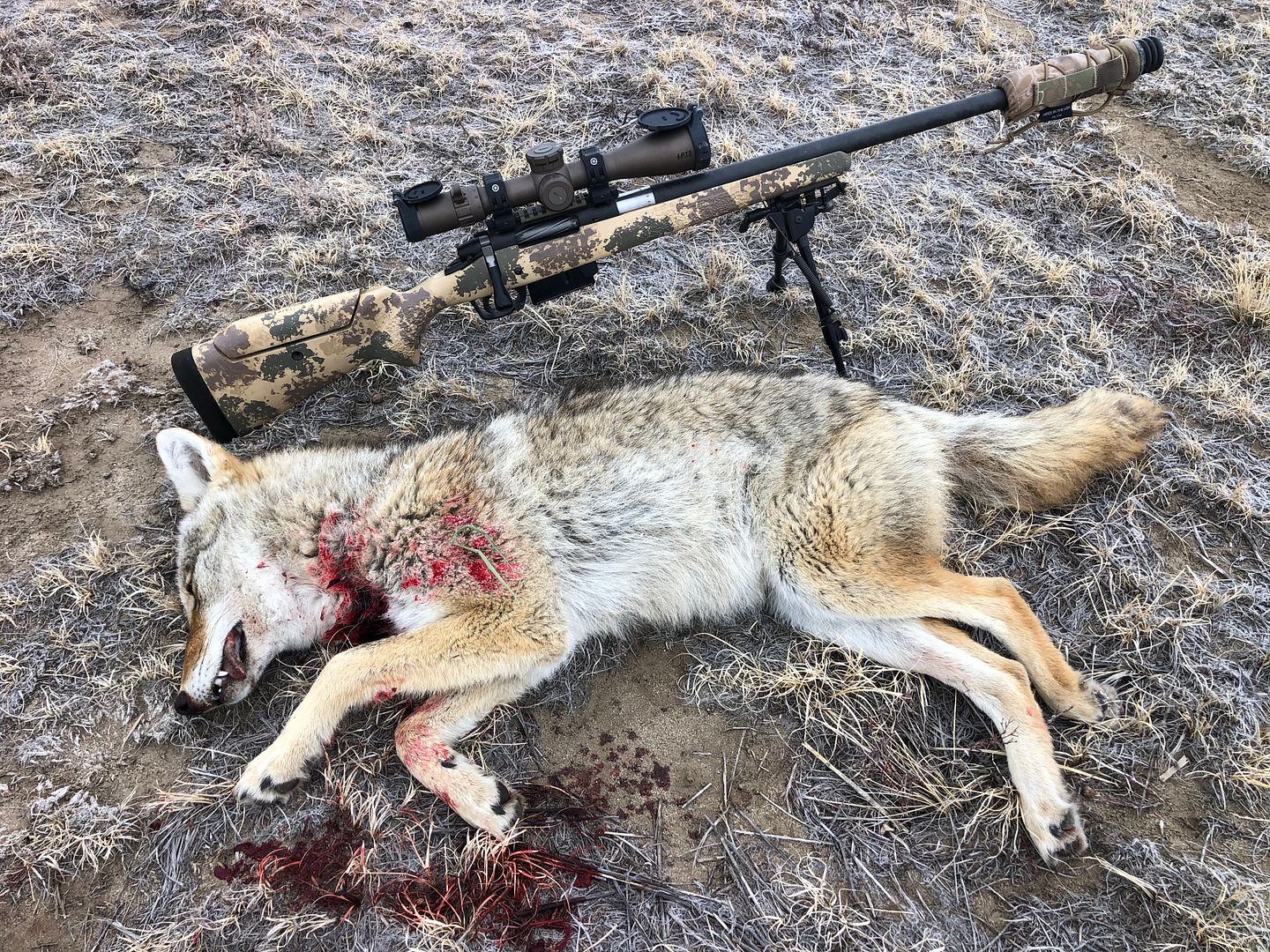Good to hear thanks. I like that "end on a good note" idea.
It's been surprisingly helpful, personally..
Been trying to approach the larger rifle as quality more than quantity.
I hadn't thought about it like that, but thinking of the heavier-recoiling rounds as higher-quality focus, while reserving quantity for the lesser recoiling stuff...that might be a really useful approach.
Take a few shots from a few field positions but treat each like its THE shot that day.
This could be more helpful at a far deeper level than may be obvious. It's related to what I call target anticipation. It's different from shot anticipation, or recoil anticipation. It's when you jack yourself up unintentionally at the
meaning of a shot - when you've hit 9 x's, for example, and only need one more to make a perfect 10-X string...but accidently throw that very last one and get an 8 or something.
Target anticipation usually results in a crap trigger-press, rushing to break the shot
exactly when you're on target at
exactly the right microsecond, with a portion of your mental load and focus distracted on stuff not related to staying in the moment. Taking your mind off the perfect execution of a more methodical press. It comes with fear of negative consequence, of missing that perfect 10x score, or not putting that round in that trophy buck that's a once-in-a-lifetime-OMG-I-HOPE-I-DON'T-MISS type of monster, causing adrenaline and threat-perception to amplify your distraction away from excellence in your fundamentals.
Buck-fever, target panic, etc, seem to come when people aren't a stone-cold shooter in that situation/distance. And that only comes from having done it dozens of times in similar conditions.
So, between extra recoil and intentionally limiting yourself to just a few excellent rounds, it might help train out target anticipation. Sounds like it might be a winning formula to experiment with.
But, doesn't take long away from it to feel it start slippin eh?
Nope.


